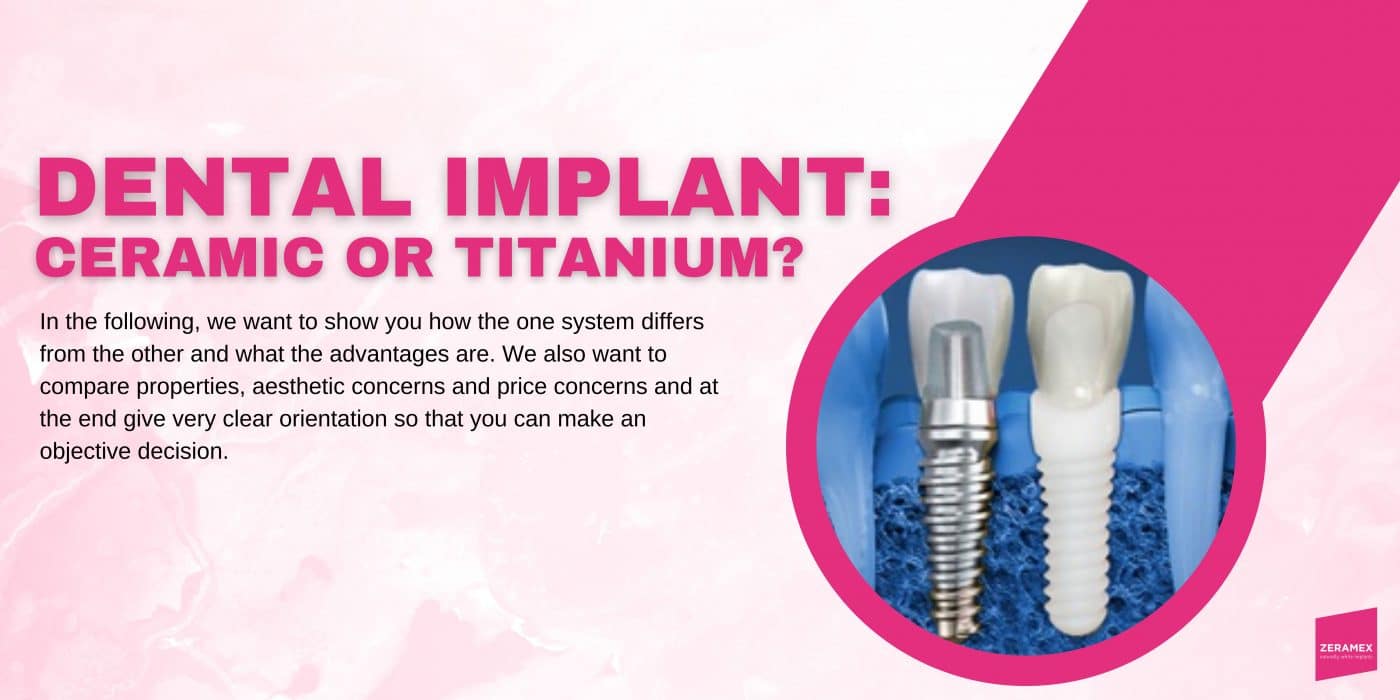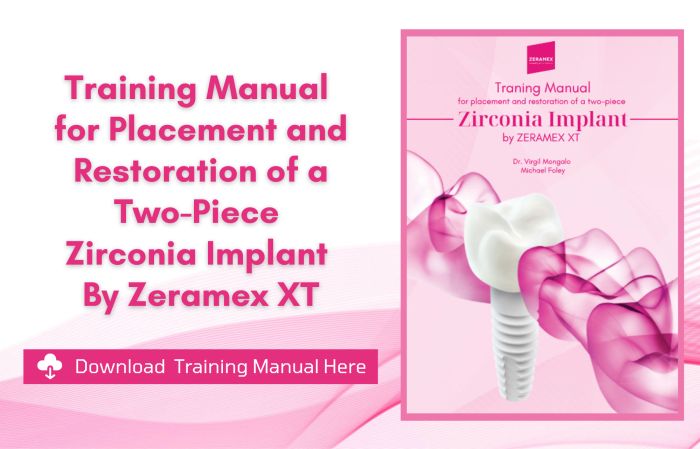"What should I choose - the titanium implant or the ceramic implant?"
Dr. med. dent. Christian Schubert has a video on the subject of “Ceramic or titanium implants. Which implant suits you?” With the permission of Dr. Schubert we publish the video as well as the editorially prepared text version of his contribution.
The question arises again and again for patients: “What should I choose – the titanium implant or the ceramic implant?” In the following, we want to show you how the one system differs from the other and what the advantages are. We also want to compare properties, aesthetic concerns and price concerns and at the end give very clear orientation so that you can make an objective decision.
The question is developing so slowly. At the moment we are placing about 60-70% titanium implants in the practice. Worldwide it is well over 90% compared to the total number of dental implants . Nevertheless, the proportion of ceramic implants is increasing . There are reasons that we would like to highlight here.
SAFETY
When one speaks of safety, one means above all scientifically reliable studies, namely where and for how long these studies exist and how high quality they are. Here, titanium implants have a plus compared to ceramic implants, because titanium implants have been on the market for a long time. As a result, they are also much better tested worldwide.
AESTHETICS
Here you can see at first glance that a dark titanium implant may have disadvantages compared to ceramic implants in the highly aesthetic area . And of course it is. If we talk about the front of the upper jaw or a broad smile, it can happen that a slight shimmer of gray comes through from a perfectly fitting implant below the gums, especially with thin gums, even if there is minimal bone above it. And that is almost impossible with ceramics because, similar to this model, a white or almost white ceramic implant is inserted. This makes the optical effect in the translucency through the gums much nicer.
BIOCOMPATIBILITY
Here, too, the innovation clearly achieves the advantage. Biocompatibility means that the material does not cause any allergic reactions. They don’t actually exist in either system. With pure titanium, the classic allergy tends to be zero. With titanium, however, there is the disadvantage that the so-called titanium oxide particles can escape during loading and when inserting, chewing and brushing your teeth, especially when surface portions are minimally exposed. And these can trigger an inflammatory reaction in the blood through the entry of macrophages. This inflammatory reaction, which can occur in the course of treatment or later, can also lead to problems with healing. This is different with ceramic implants: The titanium oxide component is completely removed here. Therefore, the ceramic implant has an advantage in terms of biocompatibility. We can also emit this response to any patient by taking blood. In larger cases, you can of course do a blood test for each individual dental implant, which costs around EUR 200 in the laboratory. Then we know pretty well whether a patient has an increased inflammatory response or a normal to minor one. So we can give a recommendation as to whether you can stay with the ceramic variant or with titanium in a relaxed manner. Then we know pretty well whether a patient has an increased inflammatory response or a normal to minor one. So we can give a recommendation as to whether you can stay with the ceramic variant or with titanium in a relaxed manner. Then we know pretty well whether a patient has an increased inflammatory response or a normal to minor one. So we can give a recommendation as to whether you can stay with the ceramic variant or with titanium in a relaxed manner.
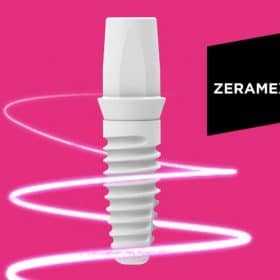
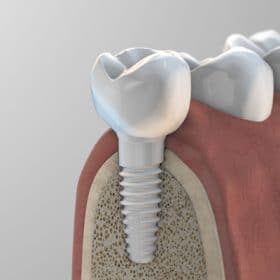
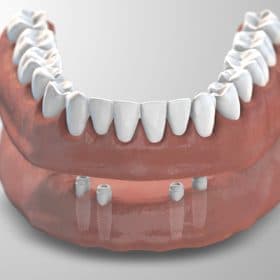
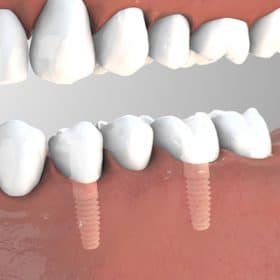
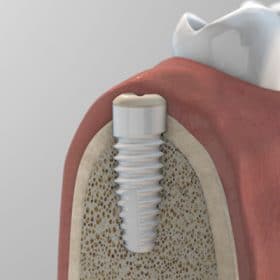
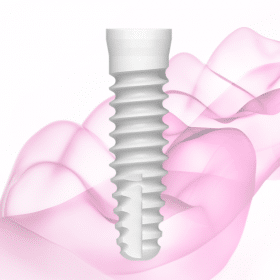
SUBSTANCE PROPERTIES
Various factors have to be taken into account here. In terms of tensile strength and compressive strength, the ceramic implant currently performs better than the titanium implant. Nevertheless, titanium remains very good in terms of practicality and resilience. These minimal differences that occur in comparison show hardly any relevance in practice. That is why we can absolutely objectively recommend both systems – also in terms of material properties. In terms of brittleness, ie the tendency that something can flake off, ceramic has disadvantages compared to titanium. That is the only material disadvantage when comparing these systems. In terms of elasticity, which describes the relationship between load-bearing capacity and bending, ceramic has advantages over titanium. As for the variability and range of indications, the titanium implant had many advantages due to its long dominant position in the market: many diameters, many studies and many options for planning individual abutments and playing out the very special situations. But it must also be said that ceramic systems have clearly caught up in the meantime. The biggest factor that plays a role in the variability is the two-part implant. The implant used to look like the only way to implant this system was to put a part in the jaw. The abutment was already part of the implant because it was made from one piece and thus retained its stability. One can imagine, however, that this pin would then be stored somewhere in the area of the teeth and simply because it irritated the tongue space and led to problems when speaking, also represented a problem that led to the restrictions for healing. The innovation is that ceramic implant systems are now in two parts. So you have the implant for the jaw. This heals with a flat cover cap. In the case of a restoration, the abutment is fixed with a carbon screw. The whole thing works in a similar way in terms of mechanics and is an absolutely great variant. Due to the axes that you have in the jaw, you have to align the implant in the jaw a little obliquely, because the jaw is so anatomically pre-formed and the crown should be so axial. If we can vary here, even if it is only a few degrees, it seems realistic up to 30 degrees that individual superstructures can be set. So we have the biggest factor that the titanium implant was superior to the ceramic implant is already ruled out. As a result, we can now gradually work much more individually with abutment parts of an individual type, if the entire jaw is to be supplied with locators and telescopes or other bar elements, and can therefore also react in special cases. The variability in titanium is fundamentally even higher. In this regard, titanium offers an advantage.
PRICE
The innovation is higher in price. What has been on the market for a long time, is established and has been used and sold millions of times, is cheaper. With a two-part ceramic implant with a ceramic crown, you have to calculate an additional cost of around 150 to 300 euros compared to a titanium implant with a ceramic crown. That will likely adjust over time.
PRACTICAL APPLICATION
Here you are in two areas: implantology and dentures. When it comes to dentures, there are only minor differences between titanium and ceramics. In the field of implantology, you have to be a little more sensitive to ceramics. That means: You have to get by with much less pressure and much less force. Before placing the implant, the bone should be perfectly prepared for it. With less pressure and effort, you can ensure that the implant is inserted almost tension-free and without heating the bone and so-called axial changes can no longer be compensated for with the direct insertion of the implant. This is why you have to plan much better with ceramic implants. It goes so far that it is discussed that you could take a 3D image of every ceramic implant.
The surface of the ceramic implant is smoother than the titanium implant. The roughness of the titanium implant ensures that it heals very well, whereas the ceramic implant is really smooth. This gives it the advantage of developing inflammation. According to the current studies, peri-implantitis seems to play an even less important role with ceramic implants than with titanium implants.
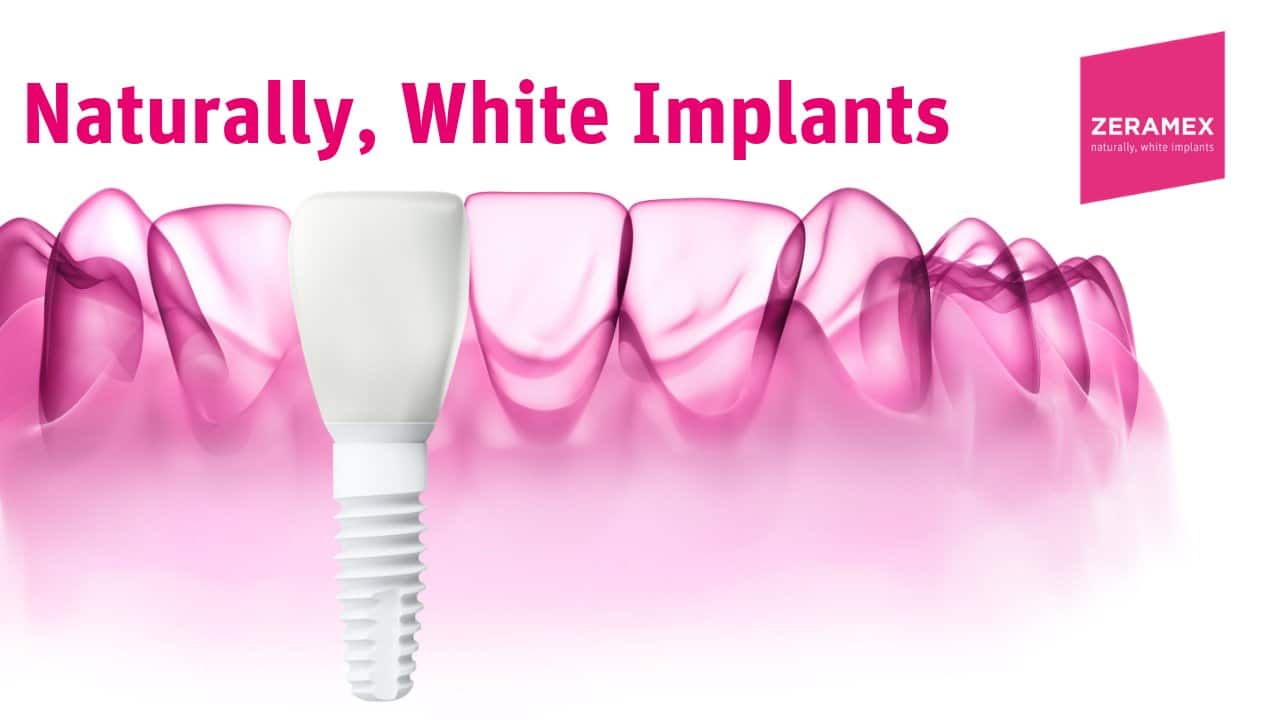
CONCLUSION: Ceramic or Titanium implant?
Now you can decide for yourself. If you are the classic, you stay with Titan. If you are innovative, you choose ceramics. If you see aesthetics in the foreground and value that everything looks wonderfully white and close to nature, you choose ceramics. If you live security and are price-sensitive, you choose titanium – although services in the field of implantology are private services. If you want to live metal-free, you choose ceramics.
“My team and I want to give you the good feeling that you are in the right hands right from the start. We know that choosing a dental implant is not always easy, especially when many teeth need to be replaced. Talk to us. Call us and we will create a trustworthy basis for your path to fixed teeth. “
Dr. Christian Schubert, a passionate implantologist
About the Doctor
Dr. med. dent. Christian Schubert
- 1998-2003 study of dentistry at the Technical University of Dresden at the Medical Faculty Carl Gustav Carus
- 2005 Doctorate to Dr. med. dent. on the topic relevant to dentistry: “Use of the prosthetic replacement of the first molars – a review based on the methods of evidence-based medicine”
- 2006 branch in Beeskow
- 2005-2006 successful participation in “structured advanced training in implantology” at the Philipp-Pfaff-Institut Berlin, focus of activity
- 2010-2011 successful certified participation in the “Curriculum Aesthetic Dentistry” of the APW, focus of activity
- 2014-2015 Participation in the CMD curriculum at the VIZ in Berlin under the direction of Prof. Dr. Axel Bumann
- 2015-2017 participation in the curriculum prosthetics of the APW
- 2018 Expertise in laser protection
- 2019 Expertise in radiation protection for the specialty DVT (3-D X-ray) in dentistry
- 2020 certified dental nutritionist
- 2021 Dental Nutritionist Curriculum Periodontics of the Dental School
Contact
Want to know more about Zeramex?
Email us at mfoley@zeramexusa.com with your contact details and we will get in touch with you!
ZERAMEX BROCHURE
Click here to download the Zeramex sales brochure
